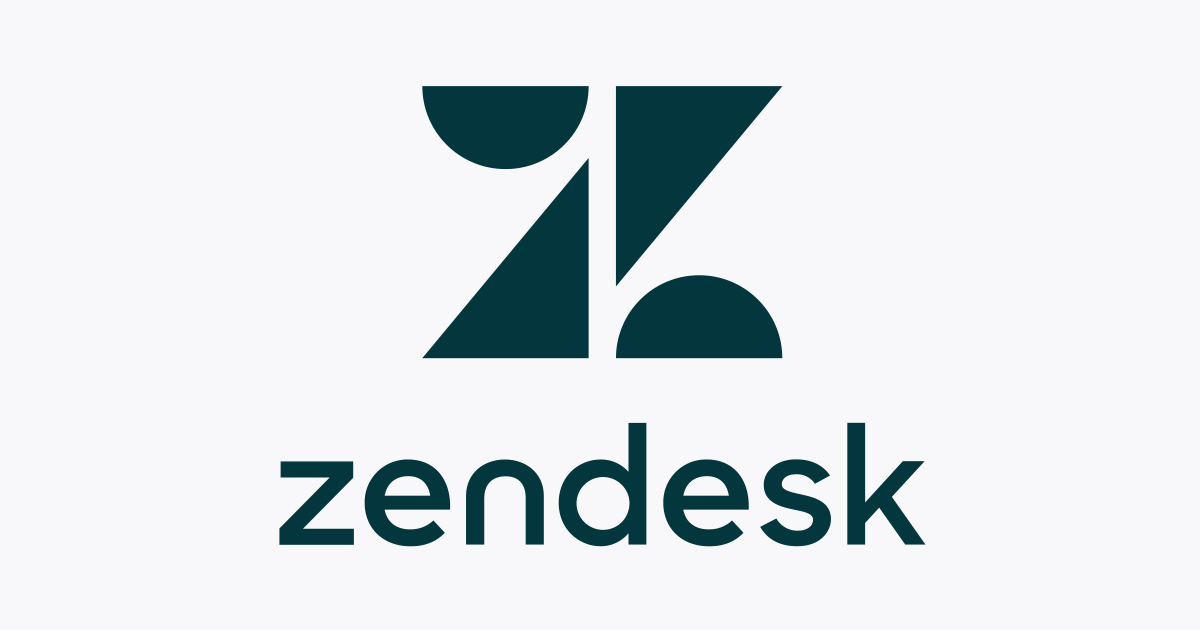
Zendesk: Beyond Open and Closed – Unleashing the Power of Statuses – Advent Calendar 2023 Day11 #Zendesk
この記事は公開されてから1年以上経過しています。情報が古い可能性がありますので、ご注意ください。
Introduction
Hello, this is Hemanth from Alliance Department. This blog is the 11th day article of Class Method Zendesk Advent Calendar 2023. This time, I would like to share about Zendesk Statuses that is Backbone of Optimized Zendesk.
Zendesk
A cloud-based help desk management solution offering a customer service portal, knowledge base, and online communities to be built. The solution offers a front-end portal, live chat features that are customizable and can be integrated with applications like salesforce and google analytics
Zendesk Statuses
Zendesk statuses are essential elements of the platform that make it easier to manage the status of tickets, properly organize workflows, and offer insightful information about support procedures. Their effective understanding and utilization can notably enhance support efficiency and customer satisfaction.
Ticket Status Workflow in Zendesk

The specific statuses may vary depending on Zendesk configuration, the basic ones often include the following:
New Status
Upon arrival in Zendesk, a ticket is designated as "New." It is fresh, unassigned, and devoid of any actions. This marks the initiation of the SLA countdown, awaiting the first human intervention.
Open Status
An "Open" status indicates that the customer service team awaits action. The customer is anticipating a response, and the SLA clock is ticking, awaiting a reply.
Pending Status
In the "Pending" status, the support team awaits additional information from the customer, crucial for issue resolution. SLA impact is halted, and the clock is paused until necessary details are provided.
On-Hold Status
The "On-Hold" status signifies that the support team is awaiting information from a third party. Typically used when escalating a ticket to a colleague or manager, it can impact SLA and service team efficiency.
Solved Status
A "Solved" status indicates ticket completion, prompting the possibility of sending customer satisfaction requests. SLA impact ceases, and the task is considered done.
Closed Status
Once a ticket is both solved and the customer has no further requests, it moves to the "Closed" status. If a customer believes the issue persists, responding will create a new ticket with a reference to the original.
The above are most basic ones whereas the next status is quite important and useful for any support service team
Archive Status
After 120 days in Zendesk's "Archive" status, a ticket is archived. This prevents older tickets from appearing in views, improving website loading times. This feature is particularly beneficial when dealing with a large volume of tickets, enabling focus on newer requests.
There isn't a view or specific search filter to show only archived tickets. However, you can search for tickets that meet archiving criteria, which is typically that they're Closed or in a Closed state for at least 120 days. For example: type:ticket status:closed updated<2023-03-31.
New Update to Zendesk - Custom Status
Now, you have the flexibility to create custom statuses tailored to your business needs, aligning precisely with the actions required to resolve a ticket. These custom statuses seamlessly integrate into the existing categories: open, pending, on-hold, or solved. Notably, the SLA will actively run and be temporarily paused based on the selected category.
How to Access Custom Status
Explore this feature by navigating to the Admin Center by clicking on the four boxes in the top-right corner. Proceed to Object and Rules, then select Ticket Statuses. Next, click on "Create Ticket Statuses" to customize and enhance your ticket resolution process.

Additional Tips
- The on-hold status is not enabled by default, and you'll need to activate it manually. To do so, go to the Admin Center by clicking on the four boxes in the top-right corner. Navigate to Object and Rules, then select Ticket Statuses. Click on "Activate" in the on-hold section. Check the box for "Activate On-Hold Status Category" and click Save.

-
For On-Hold tickets requiring information from a third party, anticipate potential delays that could affect your SLA. To manage this, consider creating a "No SLA" tag. Modify your SLA settings to exclude any impact on tickets with the "No SLA" tag, ensuring a smooth experience for your customer support team.
-
Exercise caution when utilizing custom statuses, as they are categorized and may pose challenges. Ensure a smooth workflow by being mindful of potential issues that may arise from the introduction of custom statuses.
Conclusion
Zendesk Statuses are essential for streamlining and updating customer service. They greatly improve customer satisfaction by streamlining procedures and providing effective event tracking. Zendesk has become an even more useful and important tool in the customer support industry with the addition of Custom Statuses, which gives enterprises even more flexibility to customize their support procedures.







